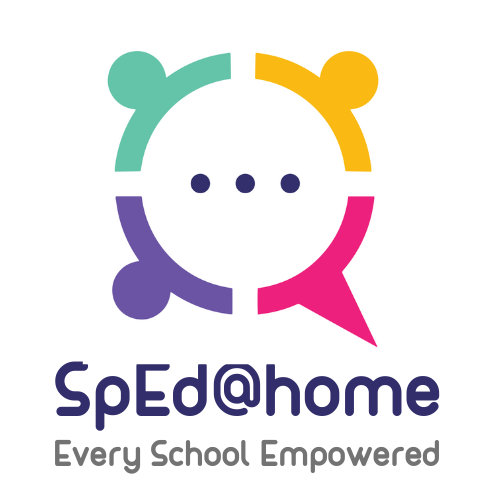As more and more traditional classrooms are turning into inclusive classrooms, the need for good teacher training modules have never been more pressing. Inclusive education means that all students irrespective of age-group, gender, background, learning abilities/disabilities are engaged equally. To provide better access to education for every student, it is important to provide improved training at teacher’s level.
Here’s how to provide improved access to education with teacher training.
Improved technical expertise
Improved technical expertise is a revision of core concepts as well as learning about new developments. Here, teachers are supported with new trends, new applications, and innovations in terms of concepts in their field. This helps keep them a step ahead of developments related to their field of education. This translates into improved understanding of the subject that leads to better teaching.
A gamut of teaching methods
Improved teacher training makes teachers aware of a host of techniques that help them design inclusive lesson plans for their classrooms. Traditional methods are not enough to meet the educational needs of students with various needs and capabilities. Training tools like audio, video, and illustration helps teachers devise innovative lesson plans which are interesting to all students.
Boosts self-confidence and motivation
Diverse inclusive classroom can be quite a challenge for teachers to teach in. Often, unequipped teachers find it difficult to identify and solve issues born out of learning disabilities. Such incidents affect their self-confidence and motivation. This could lead to loss of interest and unmotivated teaching. Training offers teachers a support system as well as refreshing new ways to bring novelty in everyday teaching.
Teacher training is absolutely essential for inclusive classrooms. It equips teachers with innovative teaching techniques and tools to keep their lessons fresh and interesting. This leads to improved student outcomes and improves access to education for all.














